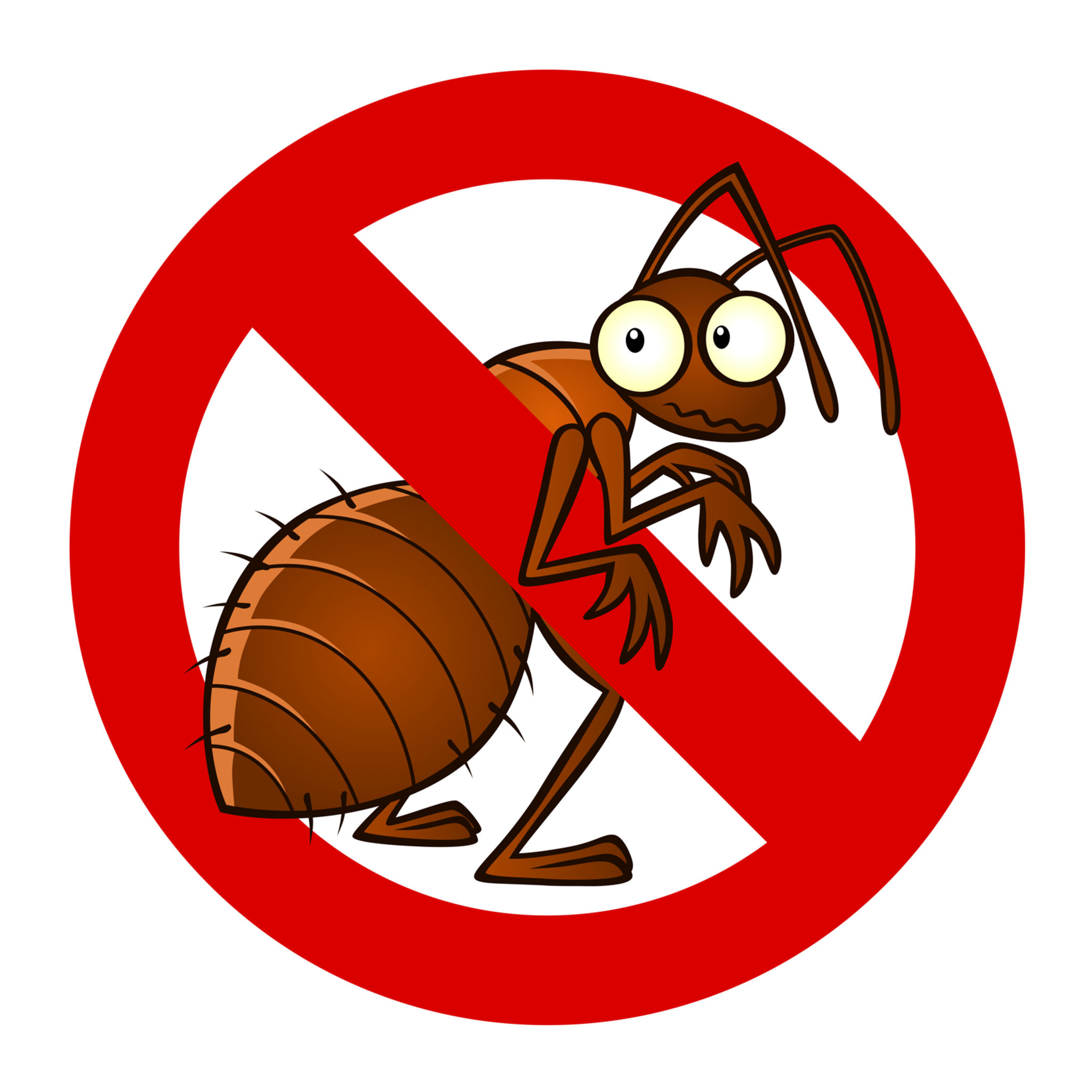A1 Bed Bug Exterminator Charlotte - Reliable and Cost Effective Services
A1 Bed Bug Exterminator Charlotte - Reliable and Cost Effective Services
Blog Article
Bed Pest Treatment Failure: Comparing Chemical Vs. Non-Chemical Solutions
In the realm of parasite control, especially when taking care of the persistent concern of bed insects, the selection between chemical and non-chemical therapy remedies can be a critical one. Both approaches use unique benefits and downsides, influencing elements such as efficiency, security factors to consider, and overall cost. By taking a look at the nuanced information of each method, a clearer understanding of which course to seek in addressing a bed pest invasion can be attained.
Performance of Chemical Treatments
Chemical therapies for bed pest invasions have been widely recognized for their powerful and quick efficacy in getting rid of these bugs. When considering the performance of chemical therapies, it is critical to recognize that they can give a fast and comprehensive remedy to a bed pest problem.
Moreover, chemical treatments have the benefit of supplying recurring impacts, implying that they can proceed to remove bed insects also after the first application. This recurring action is particularly useful in combating any kind of prospective re-infestations. Additionally, the fast action of chemical treatments can bring alleviation to individuals encountering severe bed bug invasions, allowing them to regain control of their home swiftly.
Security Worry About Chemical Solutions
When using chemical services for bed bug therapy is ensuring the safety of residents and the atmosphere,One crucial facet that calls for careful factor to consider. While chemical therapies can be effective in getting rid of bed bugs, they may posture threats if not managed correctly. One of the key safety and security worry about chemical solutions is the possible damage they can trigger to human wellness. Exposure to certain chemicals made use of in bed pest treatments can bring about breathing problems, skin irritability, or various other damaging reactions, particularly in people with pre-existing conditions or level of sensitivities. In addition, improper application or dose of chemical pesticides can result in hazardous residues remaining in the cured area, presenting lasting health and wellness dangers to owners.
Additionally, the environmental effect of chemical remedies is an additional significant factor to consider. Some chemicals used in bed pest therapies might be dangerous to valuable insects, wild animals, and communities if they seep right into the dirt or water systems. It is necessary to use chemical treatments deliberately, complying with safety and security guidelines, and taking into consideration much less toxic choices to minimize these threats and guarantee the secure and efficient management of bed insect infestations.
Advantages of Non-Chemical Strategies
Taking into consideration the possible commercial pest control companies security worries and environmental impact related to chemical options for bed insect therapy, exploring non-chemical methods provides an appealing alternative with a number of distinct benefits. Non-chemical methods offer a safer alternative for houses, specifically those with children, individuals, or pets conscious extreme chemicals. These techniques get rid of the risks of direct exposure to hazardous compounds, minimizing the capacity pest control courses for negative wellness effects. Furthermore, non-chemical therapies are ecologically friendly, as they do not contribute to air or water air pollution, making them a sustainable choice for bug control.
Additionally, non-chemical remedies can be effective in targeting bed pests, including hard-to-reach locations where chemical treatments might not penetrate. Techniques such as warmth therapy, vacuuming, vapor cleaning, and cushion encasements provide thorough removal without making use of dangerous chemicals. In addition, non-chemical strategies can be much less turbulent, needing very little preparation and enabling for quicker reentry into treated locations. Generally, selecting non-chemical bed pest treatment techniques not just focuses on security and ecological protection however additionally guarantees extensive and reliable insect control.
Limitations of Non-Chemical Treatments

Furthermore, non-chemical treatments often call for multiple applications to achieve successful elimination. This can be lengthy and might not always assure complete removal of all bed pests and their eggs, specifically in hard-to-reach or concealed locations.
Additionally, the success of non-chemical therapies greatly relies upon correct implementation and thoroughness, which can be testing for individuals without expert experience. Inadequate application of non-chemical techniques might cause incomplete obliteration, causing relentless infestations and the requirement for extra treatments.
Consequently, while non-chemical treatments have their benefits, it is necessary to acknowledge these restrictions and consider them when figuring out one of the most reliable technique for taking care of bed pest problems.
Cost Contrast: Chemical Vs. Non-Chemical Options
Offered the limitations connected with non-chemical therapies, a necessary aspect to assess in the context of bed insect monitoring is the expense contrast in between chemical and non-chemical options. In comparison, non-chemical therapies like heat therapy or vapor can be much more pricey, with costs varying from $1,000 to $6,000 for an entire home. While the initial cost of chemical therapies may appear lower, several therapies might be required to completely get rid of the infestation, potentially boosting the overall expense.
Final Thought

Taking into consideration the potential security problems and ecological impact associated with chemical options for bed pest therapy, exploring non-chemical approaches presents an appealing option with numerous distinctive advantages.Given the restrictions linked with non-chemical therapies, an important aspect to assess in the context of bed insect administration is the expense comparison in between chemical and non-chemical choices. In comparison, non-chemical therapies like warmth therapy or vapor can be extra pricey, with prices varying from $1,000 to $6,000 for a whole home. While the preliminary expense of chemical treatments may seem reduced, multiple therapies may be needed to fully eliminate the infestation, potentially increasing the overall expense.In final thought, when comparing chemical and non-chemical bed bug treatment options, it is vital to think about effectiveness, safety and security, advantages, constraints, and price.
Report this page